
A cookie-cut subdivision, a mall parking lot, a rural country road. Linking these unremarkable pockets of America, and hundreds of places just as ordinary, is the fact that they’ve all been sites where people were killed by U.S. police officers in a variety of situations.
Josh Begley, a research editor at The Intercept, an investigative journalism outlet focused on governance, surveillance, civil liberties and security, launched the project Officer Involved to visualize these dispersed locations, creating an ever-evolving portrait of death with each site represented by a Google Maps screen grab or by a Google Street View still image. Both the detachment of the Maps birds-eye-view and the soft-focus and warped perspective of Google Street View have the effect of unnerving the viewer. The accompanying caption info is simply the victim’s name followed by the city and state where death occurred.
Officer Involved “is an immersion in the environment of someone’s last moments,” writes Teju Cole in the introduction to the project, with the relentlessness of Google’s mechanical eyes and capture ratcheting a mood of disturbed natural order that runs through the work. “It’s a lot of ghosted intersections,” says Begley.
The names of Michael Brown, Eric Garner, and Tamir Rice are etched in our collective memory, inspiring the Black Lives Matter movement and igniting a national debate about violence, institutional racism and police oversight. However, for the few names we know and remember, there are hundreds that are quickly forgotten, if acknowledged at all.
One of the more remarkable things about Officer Involved is that the data upon which it is built did not exist until very recently. In the wake of the high profile killings such as Garner, Brown and Rice, journalists, activists and politicians alike wanted answers. However, solid statistics were not readily available. Police forces, sheriff departments and federal agencies had not been required to keep figures on officer-involved deaths and there certainly was no central database. Fatal Encounters a database administered by Reno News & Review journalist D. Brian Burghart has slowly amassed records on officer-involved deaths dating back to the year 2000, but real-time statistics have never been reliably accessible. Until now.
Early in 2015, The Guardian set about sourcing and presenting information in The Counted, which uses local news reports, among other sources, to count the death. Yet, Begley cannot be sure The Counted has a complete set of data. He is confident, however, that The Counted is the most complete data set out there. “The Guardian has a team of top-notch journalists—and the weight of a great institution behind them,” says Begley. “In the absence of official data, theirs is the best we’ve got.”
In 2016, Federal authorities intend to catch up to the watchdog efforts of journalists. In December 2015, the FBI announced the launch of a database counting officer involved deaths. It has, for the past decade, underestimated the deaths by over 50% citing annual figures of 423, when The Guardian counted 1136 in 2015 alone. Politicians in some states have also begun efforts to chart figures in their own jurisdictions. In September, California’s Attorney General Kamala Harris launched OpenJustice, a transparency initiative that tracks arrests, custody and arrest-related deaths and the assault and killing of law enforcement officers.
For Officer Involved, Begley uses two bits of code that rely heavily on Google’s Geocoding API, which converts addresses into geographic coordinates. The journalist ran one set of locations against the Static Maps API, and another set against the Street View API. (You can find a sample of the code here.)
Begley conceived of the idea with Maya Raiford-Cohen, a young writer who has reported on the #BlackLivesMatter movement, among other things. When The Guardian published The Counted, Raiford-Cohen and Begley were both at an academic conference in Florence, Italy about black portraiture. Under a Tuscan sun, more than 5,000 miles from the deaths that concerned them, they pored over the information. “One of the first things Maya saw was how complete many of the data fields appeared to be—there are street addresses, for instance—so I started playing with the Google Maps API and examining what the data might be able to show us.”
It didn’t take long for Begley to modify the script. Sensitively pairing the visuals with the memory of a human life cut short was much more taxing. “The bulk of my time was spent looking at the photographs,” says Begley. “Modifying Street View angles, and trying to sit still with the notion of premature death.” So far, Begley has generated 615 tiles, representing a little over half of the deaths recorded by The Guardian in 2015 alone.
The Intercept rolled out Officer Involved in June 2015 yet, inasmuch as Begley is interpreting others’ reporting, he insists that the project is art, not journalism. He also maintains a perspective about the extent, or not, to which Officer Involved shifts the conversation. “Credit where it’s due: Mariame Kaba, Mervyn Marcano, Jesse Williams, Ashley Yates, dream hampton and the #BlackLivesMatter founders—Alicia Garza, Patrisse Cullors and Opal Tometi—have all done more to change the conversation about race and policing in this country than any visualization of data ever could.”
Still, some are moved by visual “evidence” more than words or statistics. Sometimes an image gets to the point more directly. For those people, Begley and Raiford-Cohen’s Officer Involved is another point of entry into our current and urgent discussions about race and policing.
Pete Brook is an independent writer and curator whose work focuses incarceration, power and images. He is founder of Prison Photography and editor of Vantage.
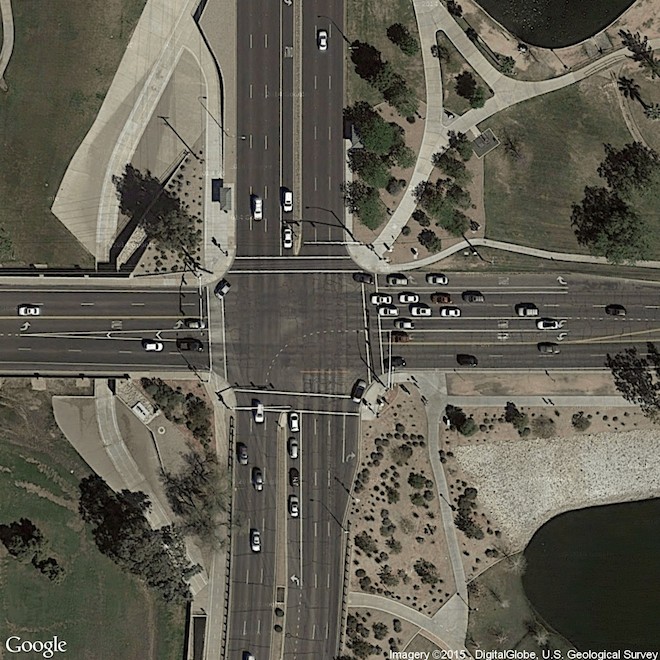
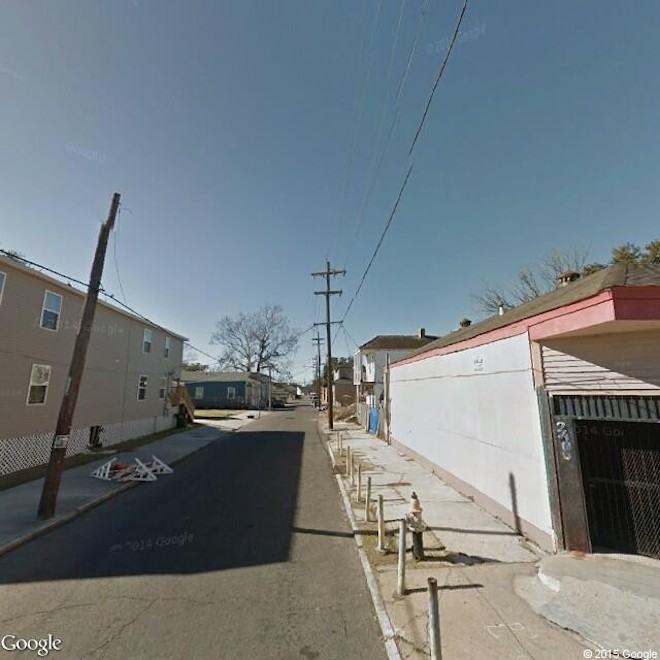

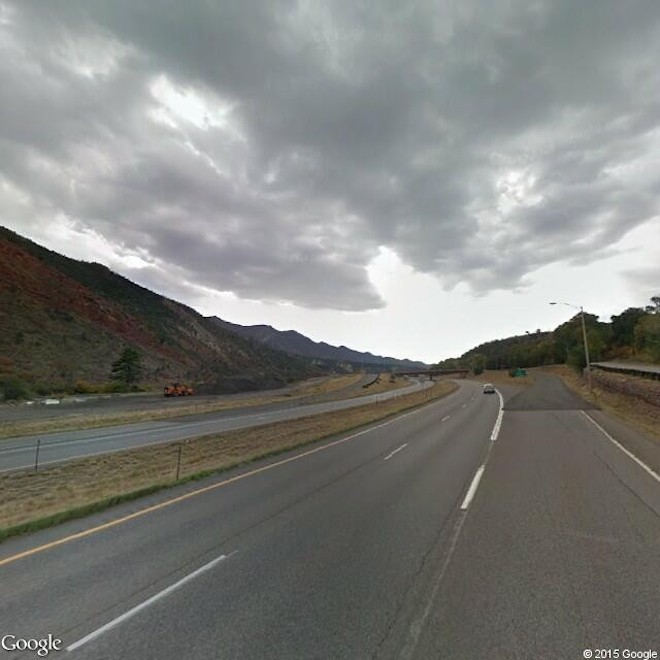


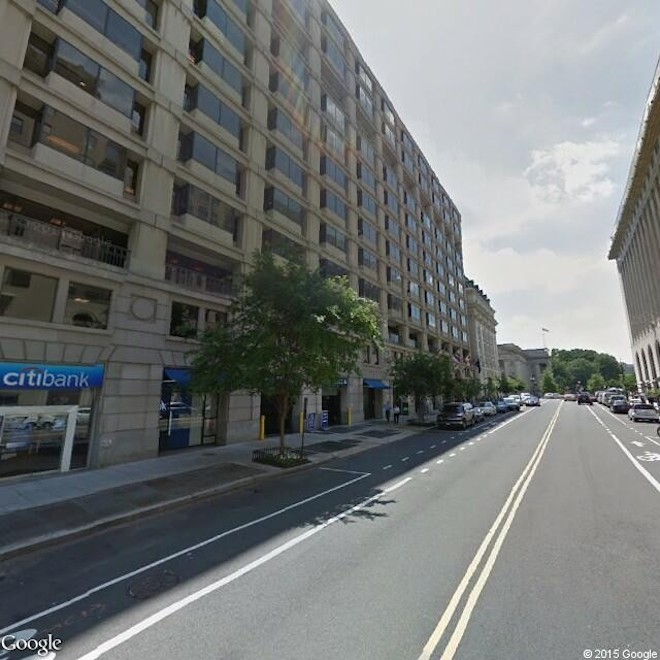

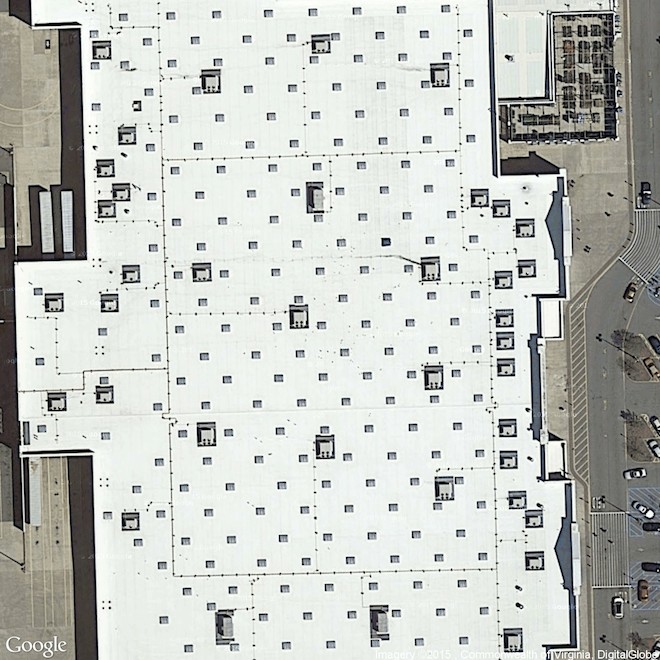

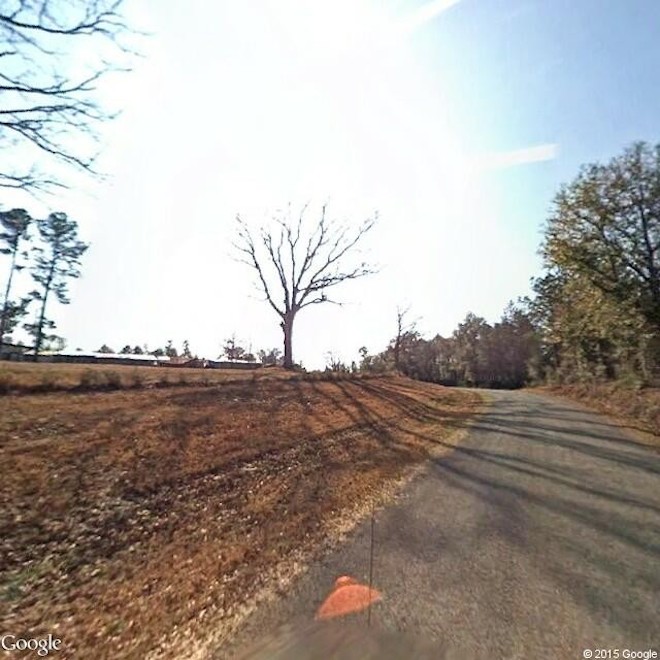
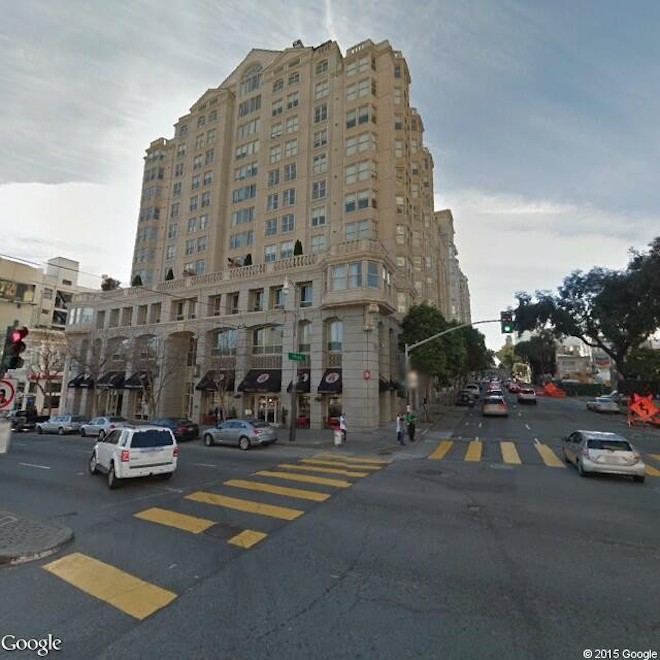
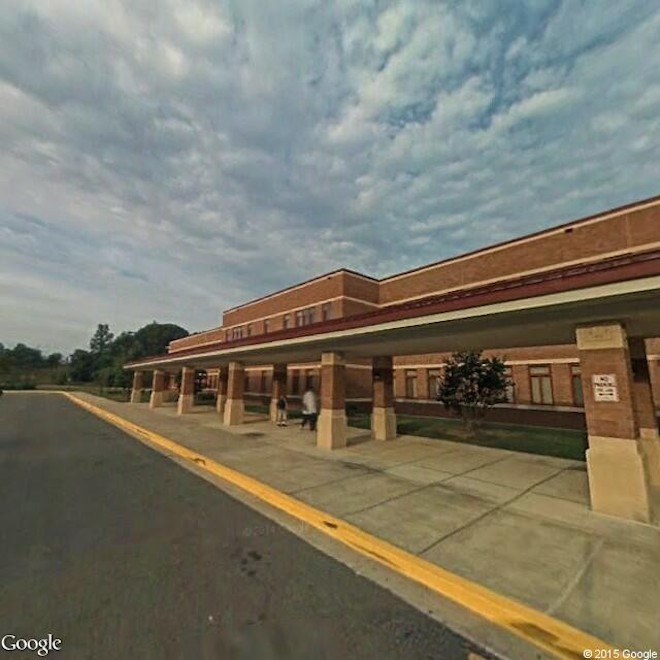
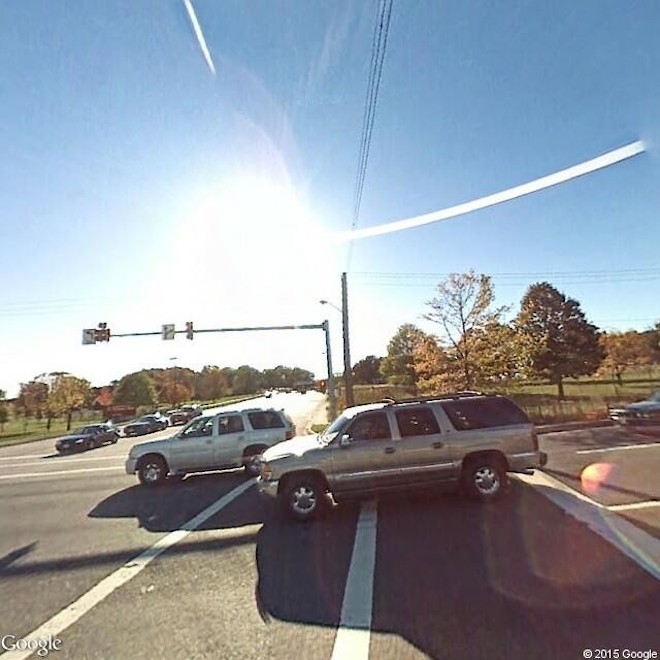

More Must-Reads From TIME
- The 100 Most Influential People of 2024
- The Revolution of Yulia Navalnaya
- 6 Compliments That Land Every Time
- Stop Looking for Your Forever Home
- If You're Dating Right Now , You're Brave: Column
- The AI That Could Heal a Divided Internet
- Fallout Is a Brilliant Model for the Future of Video Game Adaptations
- Want Weekly Recs on What to Watch, Read, and More? Sign Up for Worth Your Time
Contact us at letters@time.com